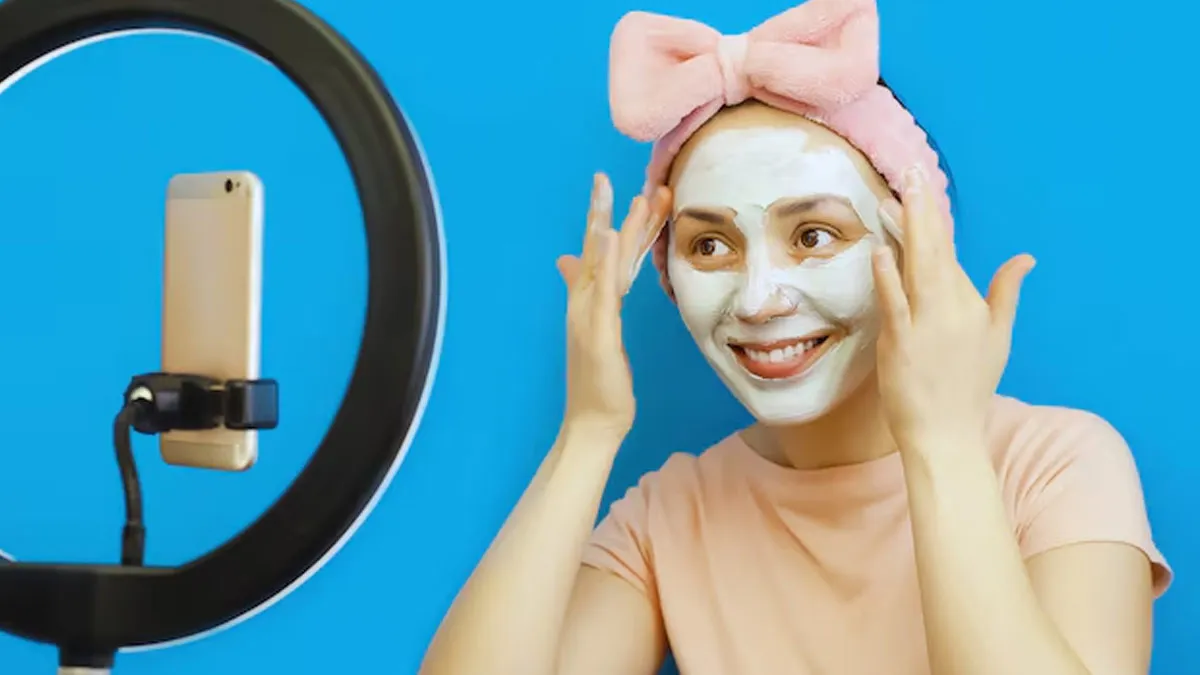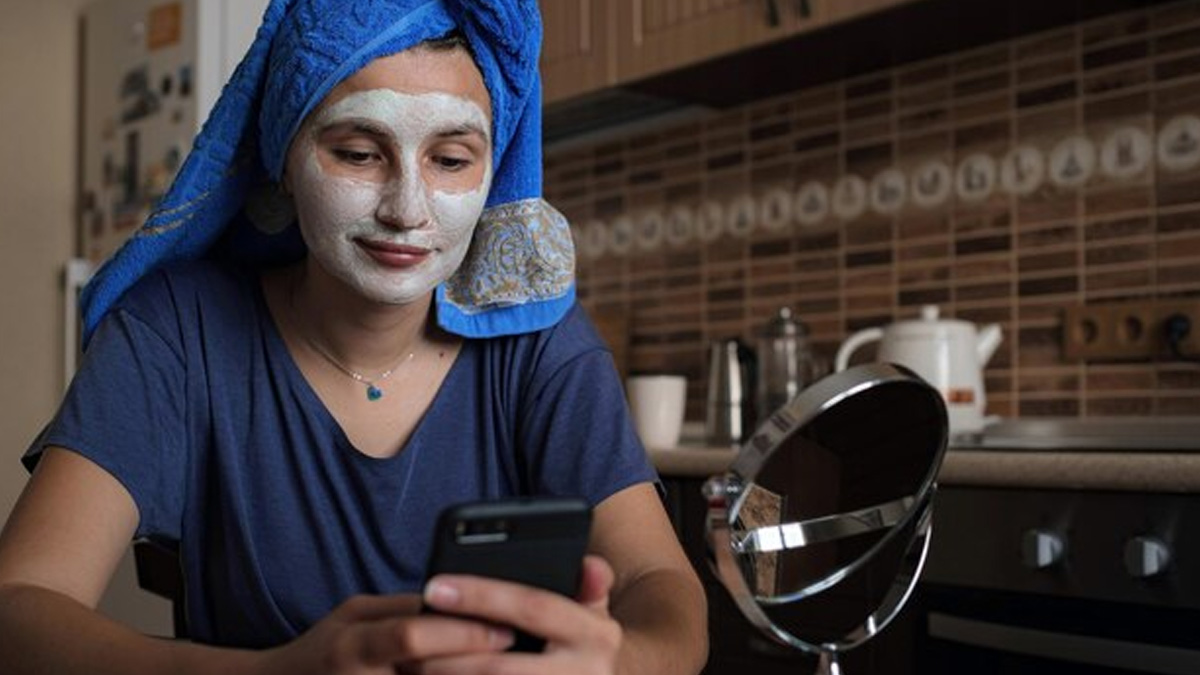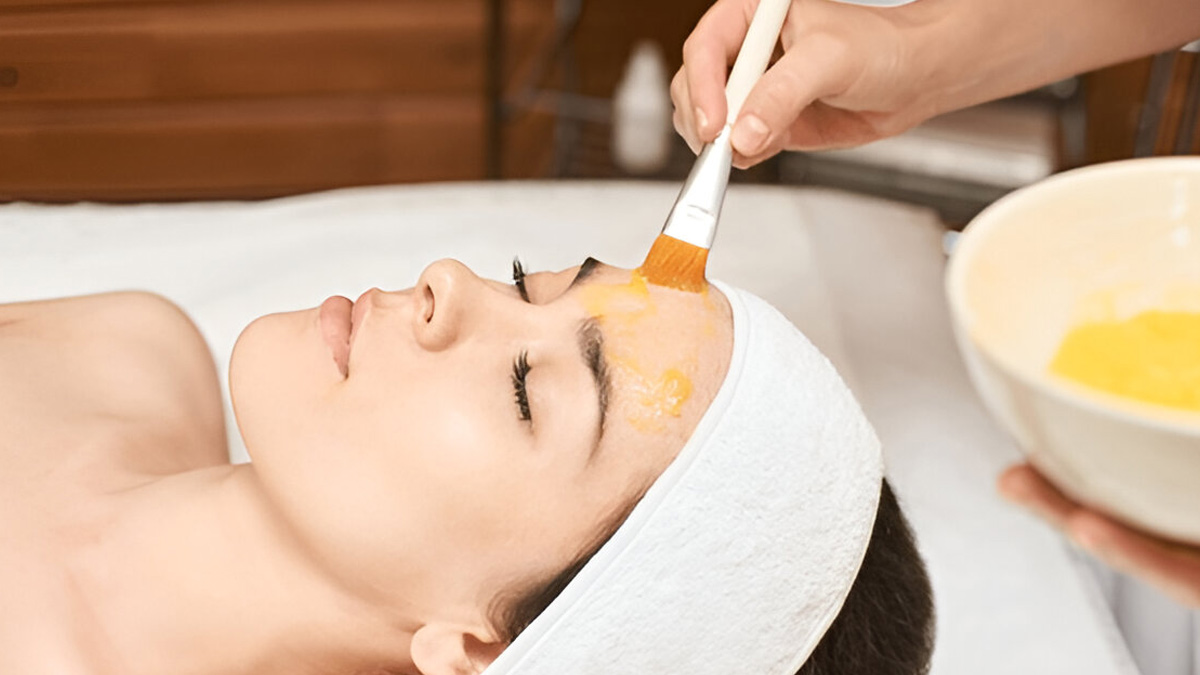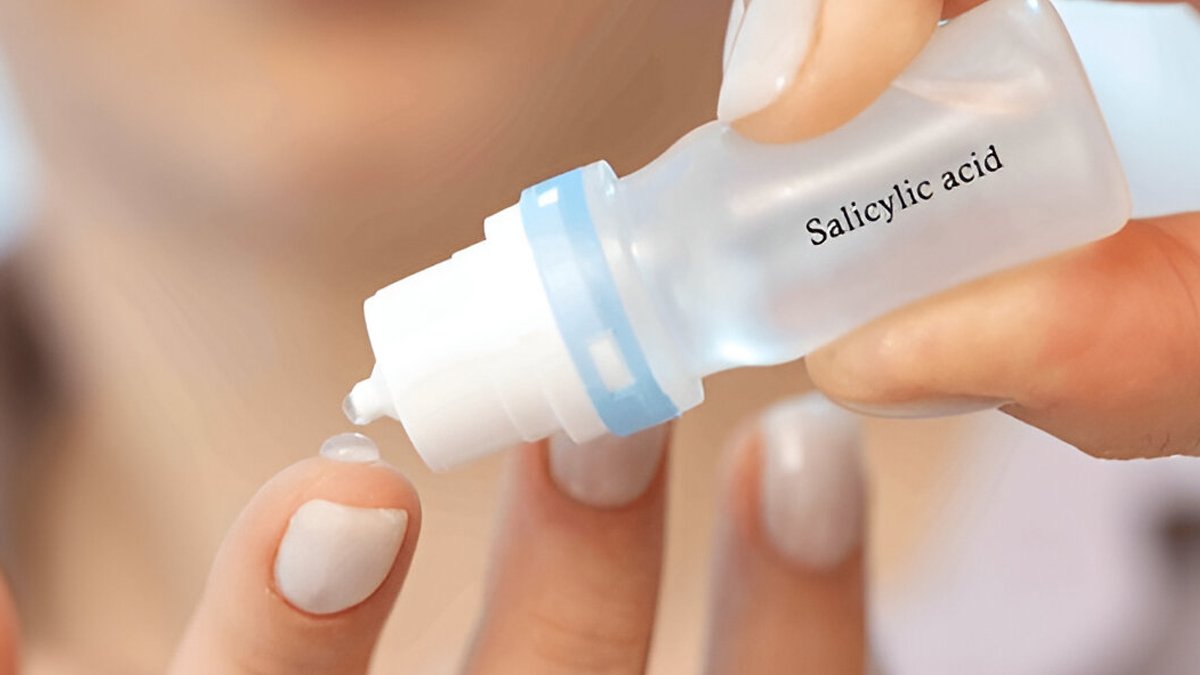
Social media platforms have turned skincare into a viral phenomenon, but the rise of dramatic before-and-after shots and quick fixes has flooded feeds with misleading, potentially harmful trends. These so-called solutions lead many to dermatology clinics with pigmentations, infections, burns, scars, acne, and facial hair growth, sometimes even impacting mental health/
Table of Content:-
We spoke to Dr Sunitha Pendyal, Senior Consultant – Medical and Aesthetic Dermatologist, Arete Hospitals, Hyderabad, who explained the impact of skincare myths on social media.
Why Skin Advice Goes Viral
Bias works against you

“If you want something to work, you’ll believe it even without evidence. Perfect pictures trick the brain. Before-and-after photos are often edited, filtered, or taken in different lighting, so the brain sees ‘proof’ and skips questioning,” said Dr Pendyal.
- Influencers share personal stories and struggles, building trust. According to a 2023 study, influencer credibility, including perceived trustworthiness, strengthens marketing messages and supports the idea that social media influencers are often seen as more reliable.
- Fast, easy, free — no appointments, no cost, no long clinic waits. Medical voices are often overshadowed by those with more followers.
- Emotional hooks, promising confidence, beauty, and transformation, tap into deep personal desires. Influencers use relatable struggles (e.g., “I had bad acne too, but…”)
- Viral posts frame advice as something doctors won’t tell you, triggering curiosity and fear of missing out (FOMO).
- Such advice is easy to understand. They are short, simple, and seemingly harmless, such as “just use natural kitchen remedies.”
Also Read: #FactCheck: Does Coconut Water Really Clear Acne?
Dangerous Trends to Watch
Common risky practices promoted by skinfluencers include:

- At-home microneedling (dermaroller): It can cause infections, pigmentation, and scarring.
- Chemical peels: High-strength acids sold directly to consumers can inflict burns, pigmentation changes, and scars. Deep peels are intended only for licensed or certified professionals.
- Fairness creams and infusions: Misuse of topical steroids or hydroquinone promises instant fairness. Prolonged use can cause skin atrophy, pigmentation issues, steroid rosacea, acne, more hair growth, and photosensitivity. Steroids and hydroquinone require a prescription.
Exfoliants

- Salicylic acid-based: Larger area application or higher concentration increases the risk of systemic absorption. Restrictions on percentage and duration are needed.
- Retinoid-based: Can cause redness, dryness, and barrier defects. Type and concentration should vary with age, environment, and skin type.
Layering Cosmetics
Multiple products layered incorrectly can cause acne or irritant dermatitis. Correct layering depends on skin type and environmental factors.
Natural Remedies
Undiluted essential oils, highly concentrated lemon juice, ginger, garlic, or nutmeg can cause burns, pigmentation changes, and photosensitivity.
Real Consequences
Dermatologists see patients every day for a variety of skin concerns, including infections, pigmentations, burns, eczema, photosensitivity, acne, and unwanted facial hair growth.
Practical Guidance from Dermatologists
- Check the source: A large follower count does not equal medical training.
- Verify qualifications and certifications.
- Remember, what works for someone else may harm you.
- Avoid risky DIY experiments.
“Skin can be a marker of systemic conditions; early diagnosis and treatment can protect your health. Do not rely on viral hack treatments,” concluded Dr Pendyal.
[Disclaimer: This article contains information provided by an expert and is for informational purposes only. Hence, we advise you to consult your professional if you are dealing with any health issue to avoid complications.]
Also watch this video
How we keep this article up to date:
We work with experts and keep a close eye on the latest in health and wellness. Whenever there is a new research or helpful information, we update our articles with accurate and useful advice.
Current Version